Why Chicken Necks for Dogs?
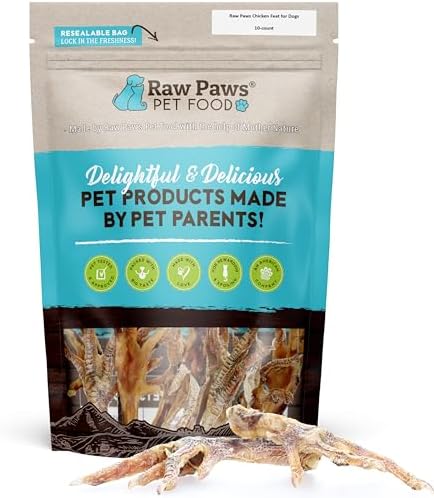
Chicken necks are a popular treat for dogs due to their numerous benefits.
Benefits of feeding Chicken Necks to Dogs

Chicken necks provide several benefits when fed to dogs. They are packed with protein and calcium, which are essential for muscle development and bone health. The crunchy texture of chicken necks also helps to clean the dog's teeth, reducing the risk of dental issues like tartar and plaque buildup. Additionally, the chewing action required to consume chicken necks can promote healthy jaw muscles and alleviate stress and boredom. Overall, feeding chicken necks is a natural and nutritious way to enhance your dog's overall well-being.
Nutritional value of Chicken Necks for Dogs
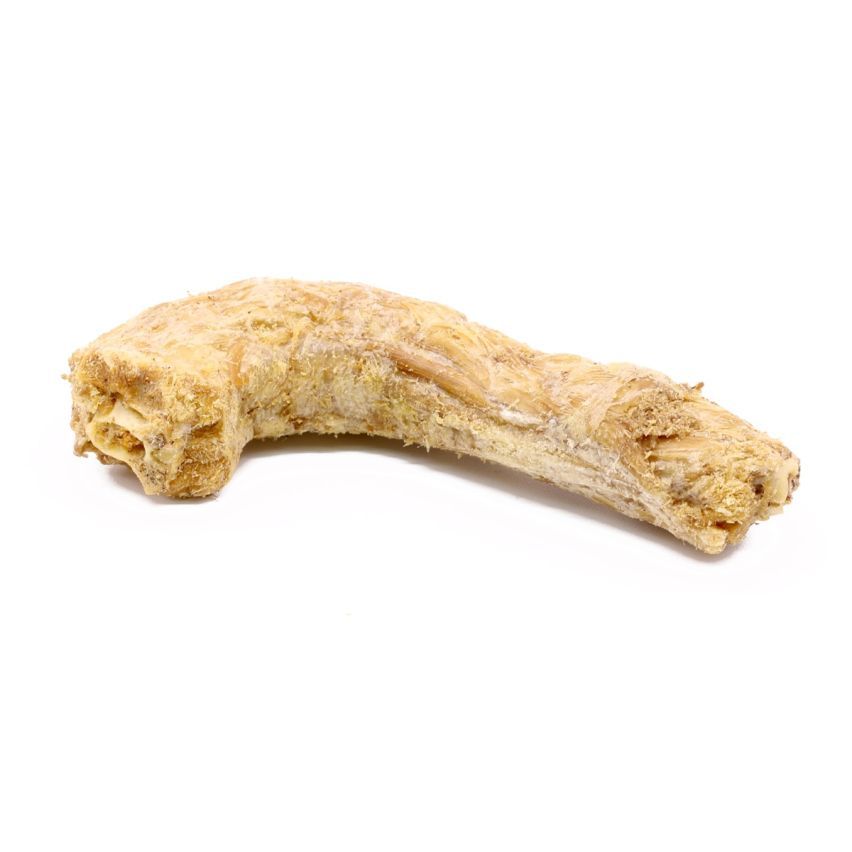
Chicken necks are highly nutritious for dogs, providing a variety of essential nutrients. They are rich in protein, which is crucial for muscle development and repair. Additionally, chicken necks are a natural source of calcium, promoting healthy bone growth and strength. They also contain vitamins and minerals that support overall canine health. When feeding chicken necks to dogs, it is important to ensure they are raw, as cooked bones can splinter and cause harm. As with any new food, it is advisable to introduce chicken necks gradually and monitor your dog's reaction for any signs of allergies or sensitivities.
Precautions and Guidelines

Precautions and Guidelines
- Safe handling and preparation of Chicken Necks: Always handle raw chicken necks with clean hands and keep them separate from other food items to prevent cross-contamination. Thoroughly wash any surfaces or utensils that come into contact with the chicken necks.
- Portion control and feeding frequency: Chicken necks should be given as a treat or supplement to your dog's regular diet. Monitor your dog's weight and adjust the portion size accordingly. It is recommended to feed chicken necks in moderation and not as a main meal.
- Potential choking hazards and how to minimize risks: Chicken necks should be fed whole or cut into appropriate sizes to prevent choking. Always supervise your dog while they are eating and remove any leftover or partially eaten pieces to avoid choking hazards.
- Allergies and sensitivities related to feeding Chicken Necks: Introduce chicken necks gradually and observe your dog for any signs of allergies or sensitivities, such as vomiting, diarrhea, or itching. If your dog shows any adverse reactions, discontinue feeding chicken necks and consult your veterinarian.
Remember to consult with your veterinarian before introducing any new food item or treats into your dog's diet to ensure it is suitable for their individual needs.
Safe handling and preparation of Chicken Necks

When handling raw chicken necks for your dog, it is crucial to prioritize safe handling and preparation. Follow these simple guidelines to ensure the health and safety of both you and your furry friend.
- Always use clean hands and keep the chicken necks separate from other food items to prevent cross-contamination.
- Thoroughly wash any surfaces or utensils that come into contact with the chicken necks.
- Feed the chicken necks as a treat or supplement to your dog's regular diet and adjust the portion size based on their weight.
- To prevent choking hazards, feed the necks whole or cut them into appropriate sizes and always supervise your dog while they eat.
- If your dog shows any signs of allergies or sensitivities after consuming chicken necks, discontinue feeding and consult your veterinarian.
Portion control and feeding frequency

To ensure the health and well-being of your dog, it is crucial to practice proper portion control and feeding frequency. Begin by determining the appropriate portion size based on your dog's weight and dietary needs. Divide their daily food intake into two or three meals to prevent overeating and aid in digestion. Monitor your dog's weight and adjust the portion size if necessary. Remember, each dog is unique, so it's essential to consult with your veterinarian for personalized feeding recommendations.
Health Benefits

Health Benefits of Chicken Necks for Dogs
Chicken necks offer various health benefits for dogs.
- Promotes dental health: The chewing action required to consume chicken necks helps remove plaque and tartar buildup, improving your dog's dental hygiene.
- Supports joint health: Chicken necks are a natural source of glucosamine and chondroitin, which aid in maintaining healthy joints and promoting mobility.
- Provides essential nutrients: Chicken necks are packed with protein, calcium, and phosphorus, contributing to strong bones, healthy muscles, and overall wellbeing.
Including chicken necks as part of your dog's diet can help enhance their oral health, joint function, and overall nutritional intake. Remember to practice portion control and consult with your veterinarian for personalized feeding recommendations.
Improving dental health through Chicken Necks

One way to improve your dog's dental health is by feeding them chicken necks. The chewing action required to consume the necks helps remove plaque and tartar buildup, leading to better oral hygiene. Make sure to feed the necks in appropriate portion sizes and consult with your veterinarian for personalized feeding recommendations.
Promoting joint health and mobility in dogs
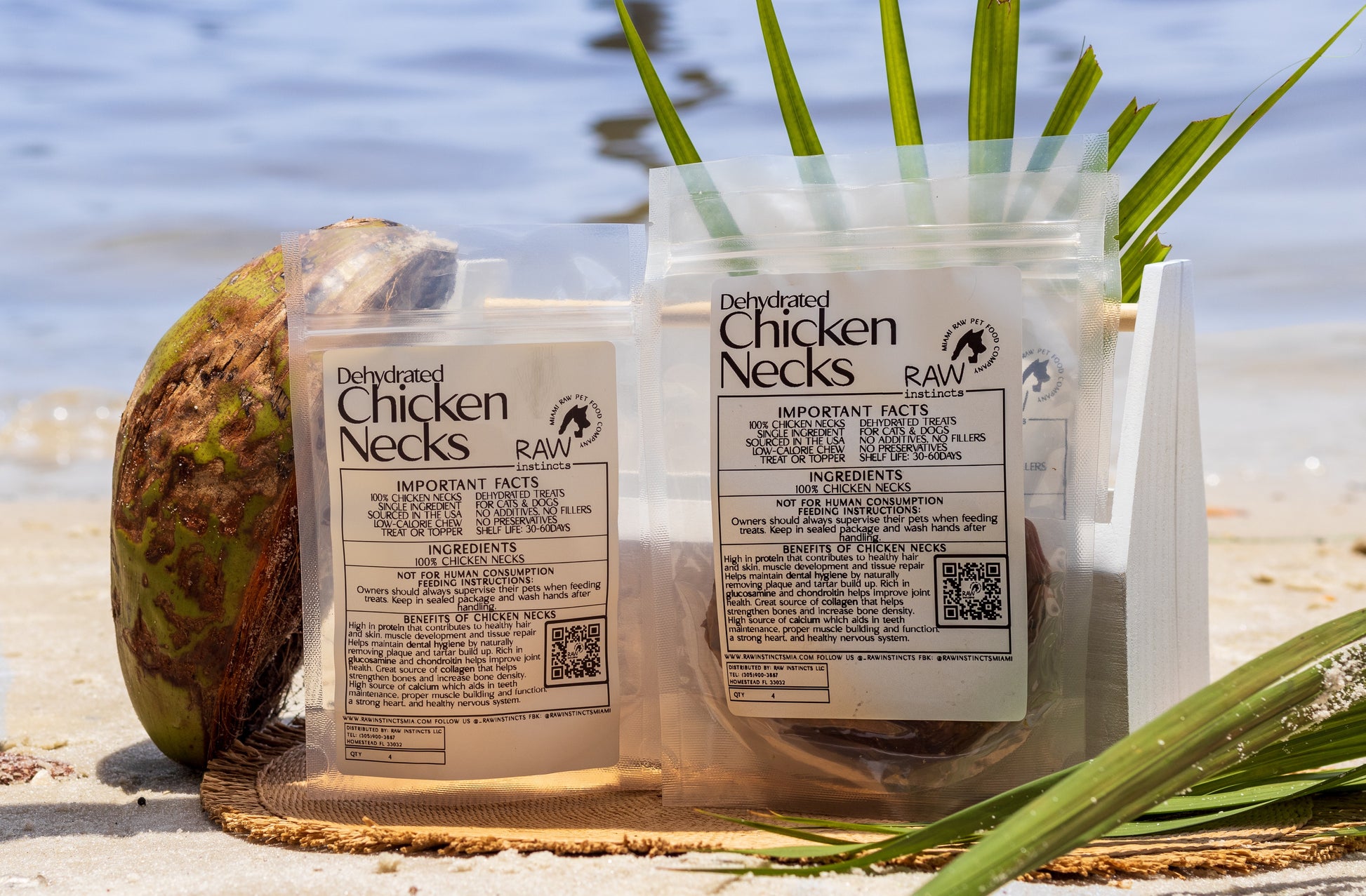
Promoting joint health and mobility in dogs is crucial for their overall well-being. To achieve this, you can include chicken necks in their diet. The natural chondroitin and glucosamine found in chicken necks help support healthy joints and improve mobility. Additionally, the chewing action required to consume chicken necks can also provide exercise and strengthen their jaw and neck muscles. Just make sure to feed them appropriately sized portions and consult your veterinarian for personalized feeding recommendations. Remember, a healthy diet is key to keeping your furry friend active and agile.
Risks and Concerns

Risks and Concerns
When it comes to feeding chicken necks to dogs, there are a few risks and concerns to be aware of. One potential risk is the possibility of choking. Chicken necks should always be fed with supervision to prevent any mishaps. Additionally, some dogs may have allergies or sensitivities to chicken. If your dog experiences any adverse reactions after consuming chicken necks, it is important to consult with a veterinarian. It is also crucial to handle and prepare chicken necks safely to avoid any contamination or foodborne illnesses. By being cautious and attentive, you can mitigate these risks and ensure your furry friend can safely enjoy their treat.
Potential choking hazards and how to minimize risks
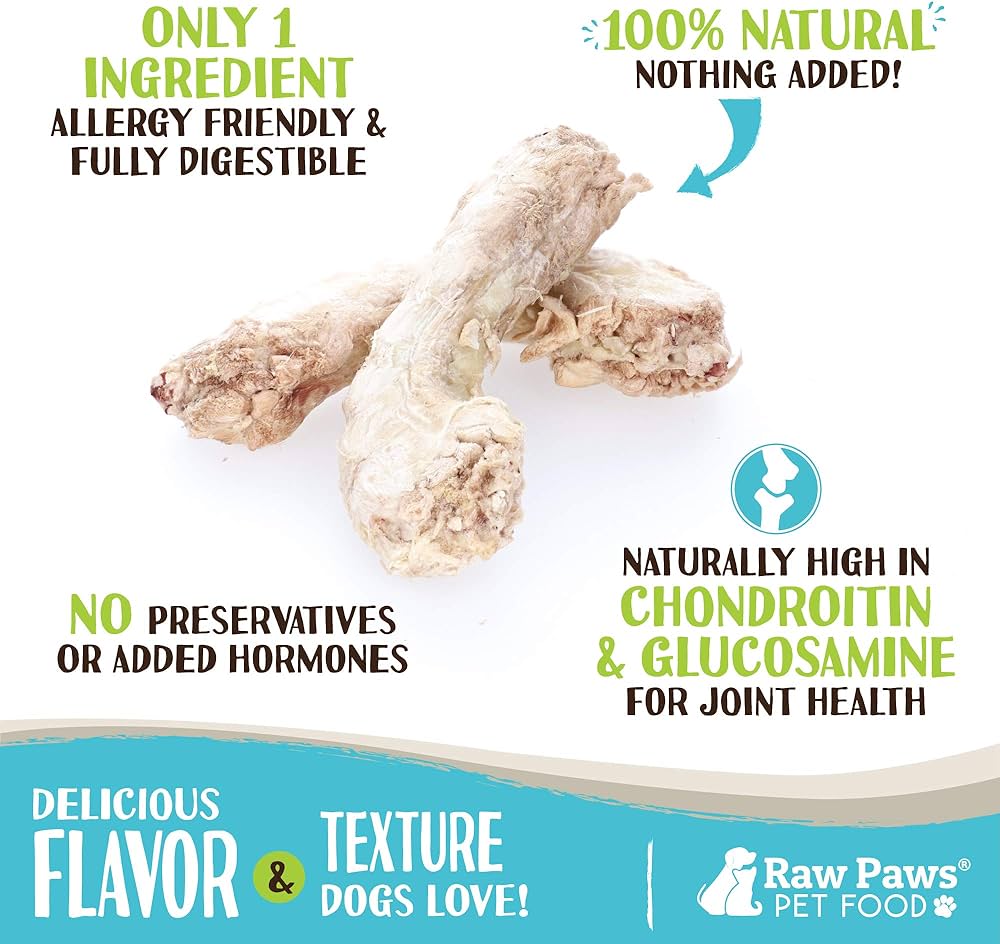
Potential choking hazards can be a concern when feeding chicken necks to dogs. To minimize the risks, it is important to always supervise your dog while they're consuming the treat. Additionally, you can hold one end of the neck while your dog chews on the other end, reducing the chances of them swallowing it whole. Slowly introducing chicken necks and encouraging your dog to chew them thoroughly can also help prevent choking incidents. By taking these precautions, you can ensure the safety of your furry friend while they enjoy their treat.
Allergies and sensitivities related to feeding Chicken Necks

Allergies and sensitivities related to feeding Chicken Necks should not be overlooked when considering this treat for your dog. It is important to be aware of any known allergies or sensitivities your dog may have, especially to poultry. If your dog has previously shown adverse reactions to chicken or poultry products, it is best to avoid feeding them chicken necks. Always consult with your veterinarian if you have concerns about potential allergies or sensitivities before introducing new treats into your dog's diet.
Alternative Treat Options

Alternative Treat Options for dogs provide variety and ensure that your furry friend doesn't get bored with the same treats. Some healthy options include:
- Carrots: Crunchy and low in calories, carrots are a great source of vitamins and fiber for dogs.
- Apples: Remove the seeds and core, and give your dog some apple slices as a refreshing and nutritious treat.
- Sweet potatoes: Cooked sweet potatoes make a tasty and nutritious alternative to traditional treats.
- Green beans: Steam or blanch green beans and offer them as a crunchy and low-calorie snack.
Remember to always introduce new foods gradually and consult with your veterinarian if you have any concerns.
Exploring other healthy treat options for dogs

When it comes to exploring other healthy treat options for dogs, there are plenty of choices to keep your furry friend happy. Consider adding carrots to their diet for a crunchy and nutritious snack. Apples, without the seeds and core, provide a refreshing treat. Cooked sweet potatoes are a tasty alternative, while steamed or blanched green beans offer a low-calorie option. Remember to introduce new foods gradually and consult with your veterinarian for any concerns.
Comparing Chicken Necks with other dog treats
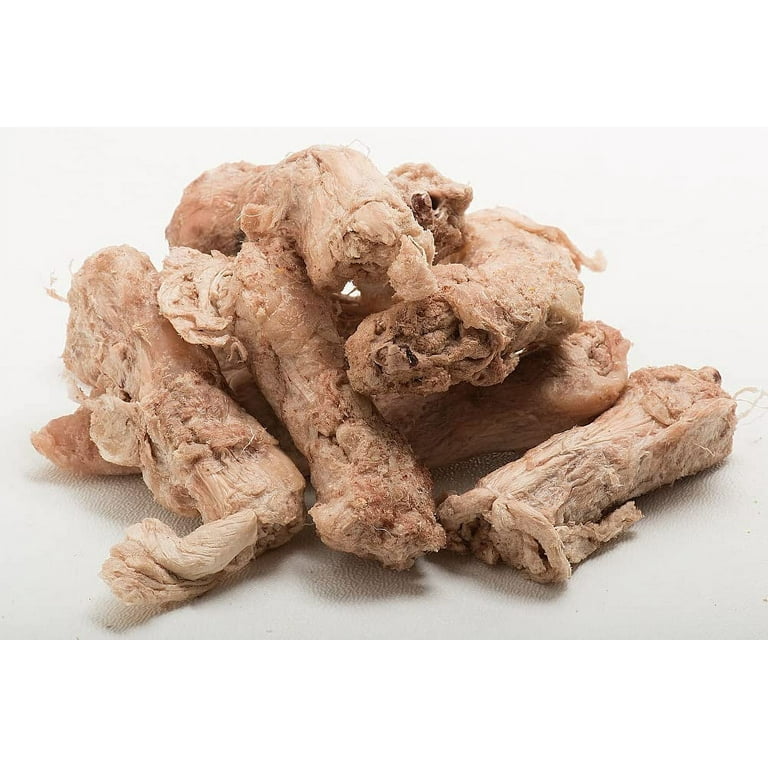
When it comes to comparing chicken necks with other dog treats, it's important to consider factors such as nutritional value, chewiness, and size. Chicken necks provide a high protein content and are a great option for promoting dental health. However, they may not be suitable for dogs with sensitive stomachs or smaller breeds due to their size and chewiness. Other treats like carrots, apples, and sweet potatoes offer a different set of benefits and can be a healthy alternative for dogs. Consider your dog's specific needs and preferences when choosing between different treat options.
Conclusion
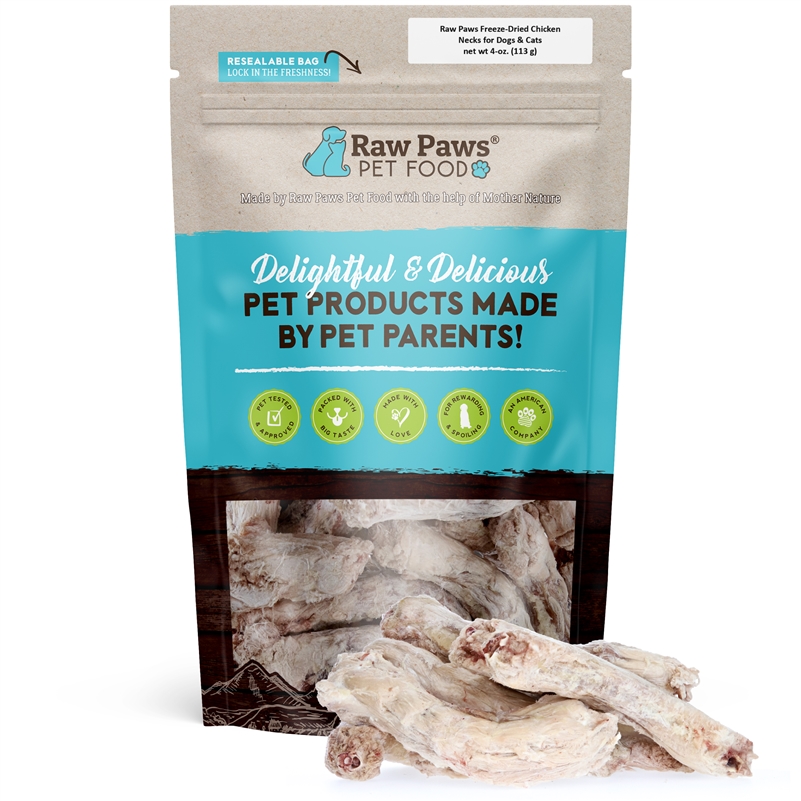
Conclusion
In conclusion, chicken necks can be a nutritious and beneficial treat option for dogs. They provide high protein content and can help promote dental health. However, it's important to consider the size and chewiness of chicken necks, as they may not be suitable for dogs with sensitive stomachs or smaller breeds. It's also crucial to handle and prepare them safely to minimize any potential risks. If chicken necks don't fit your dog's needs or preferences, there are plenty of alternative treat options available that can provide similar benefits. Choose treats that align with your dog's dietary requirements and enjoy treating your furry friend!
Summary of benefits and considerations of feeding Chicken Necks to dogs
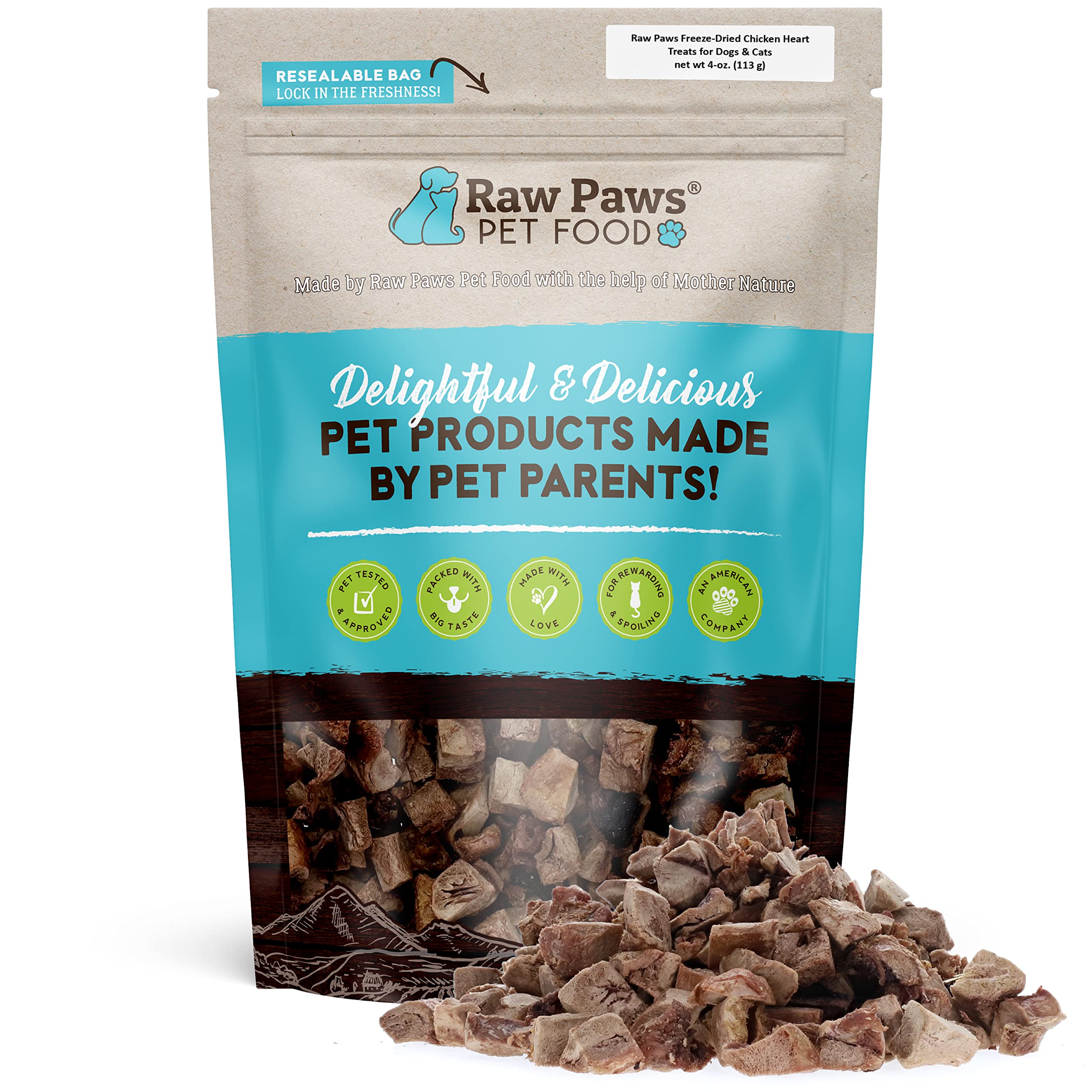
Feeding chicken necks to dogs can provide numerous benefits, including high protein content and support for dental and joint health. However, it's important to handle them safely to minimize any risks, and they may not be suitable for dogs with sensitive stomachs or smaller breeds. It's always recommended to consult with your veterinarian before introducing new treats into your dog's diet. Overall, chicken necks can be a nutritious and satisfying treat option, but make sure to consider your dog's specific needs and preferences.
Tips for choosing the best treats for your furry friend

When choosing treats for your furry friend, consider their preferences and dietary needs. Look for treats made with high-quality ingredients and avoid those with artificial additives or fillers. Consider the size and texture of the treat, ensuring it is appropriate for your dog's breed and age. Choose treats that provide specific benefits, such as dental health or joint support. Finally, carefully read the labels and follow feeding guidelines to avoid overfeeding. Remember, treats should be given in moderation and should not replace a balanced diet.
DK FAQ MARK
FAQ about Treats for Furry Friends: Chicken Necks for Dogs
Q: Are chicken necks safe for dogs to eat?
A: Yes, chicken necks can be a safe and healthy treat for dogs when given in moderation and fully cooked.
Q: What are the benefits of giving chicken necks to dogs?
A: Chicken necks are a great natural source of glucosamine and chondroitin, which can help support joint health in dogs. They also provide a crunchy texture that promotes dental health by helping to clean teeth and strengthen gums.
Q: How should chicken necks be prepared for dogs?
A: Chicken necks should be thoroughly cooked before being given to dogs to eliminate any risk of bacterial contamination. They can be boiled, baked, or grilled without any seasoning or additives.
Q: How often can chicken necks be fed to dogs?
A: Chicken necks should be fed to dogs in moderation as an occasional treat rather than a regular part of their diet. It is recommended to consult with a veterinarian to determine the appropriate feeding frequency based on the individual dog's health and dietary needs.
Q: Can dogs with certain health conditions eat chicken necks?
A: Dogs with a history of pancreatitis, obesity, or dietary sensitivities may not be suitable candidates for consuming chicken necks. It is crucial to consult with a veterinarian before introducing any new treats, including chicken necks, to a dog with pre-existing health conditions.
Q: Are there any risks associated with giving chicken necks to dogs?
A: While chicken necks can be a nutritious treat for many dogs, there is a potential risk of choking or digestive issues if they are not chewed properly. It is essential to supervise dogs while they are enjoying chicken necks to prevent any accidents or complications.

The Finer Diner has a rich history deeply rooted in the Mt. Oliver and Hilltop community. Our journey began with a simple yet ambitious vision – to create a welcoming space where friends and families could come together to enjoy delicious, comforting meals in a classic diner-style setting. Since our establishment, we have been dedicated to serving food, creating lasting memories, and fostering a sense of belonging within our community. Our commitment to quality, authenticity, and exceptional service has been the cornerstone of our success.